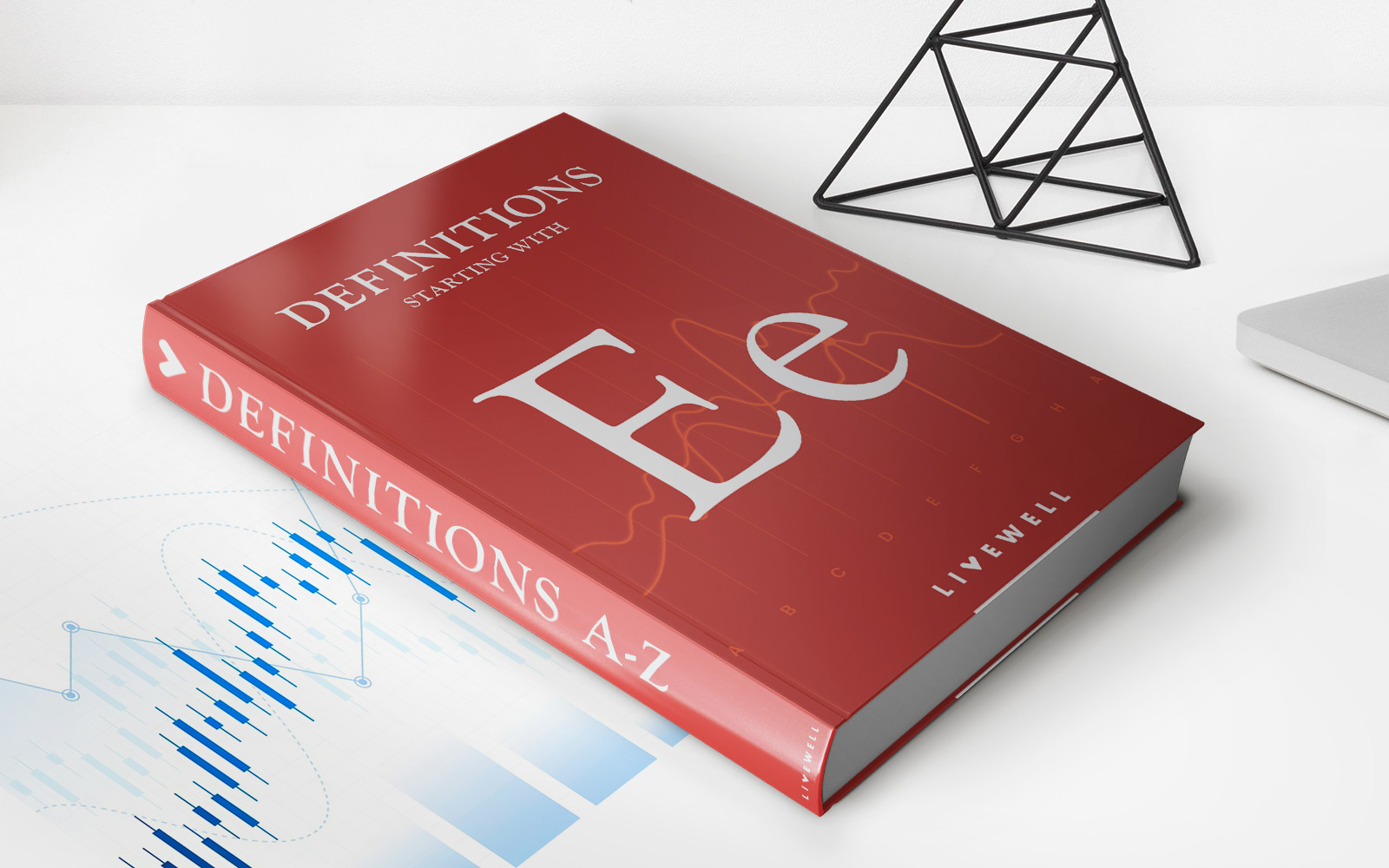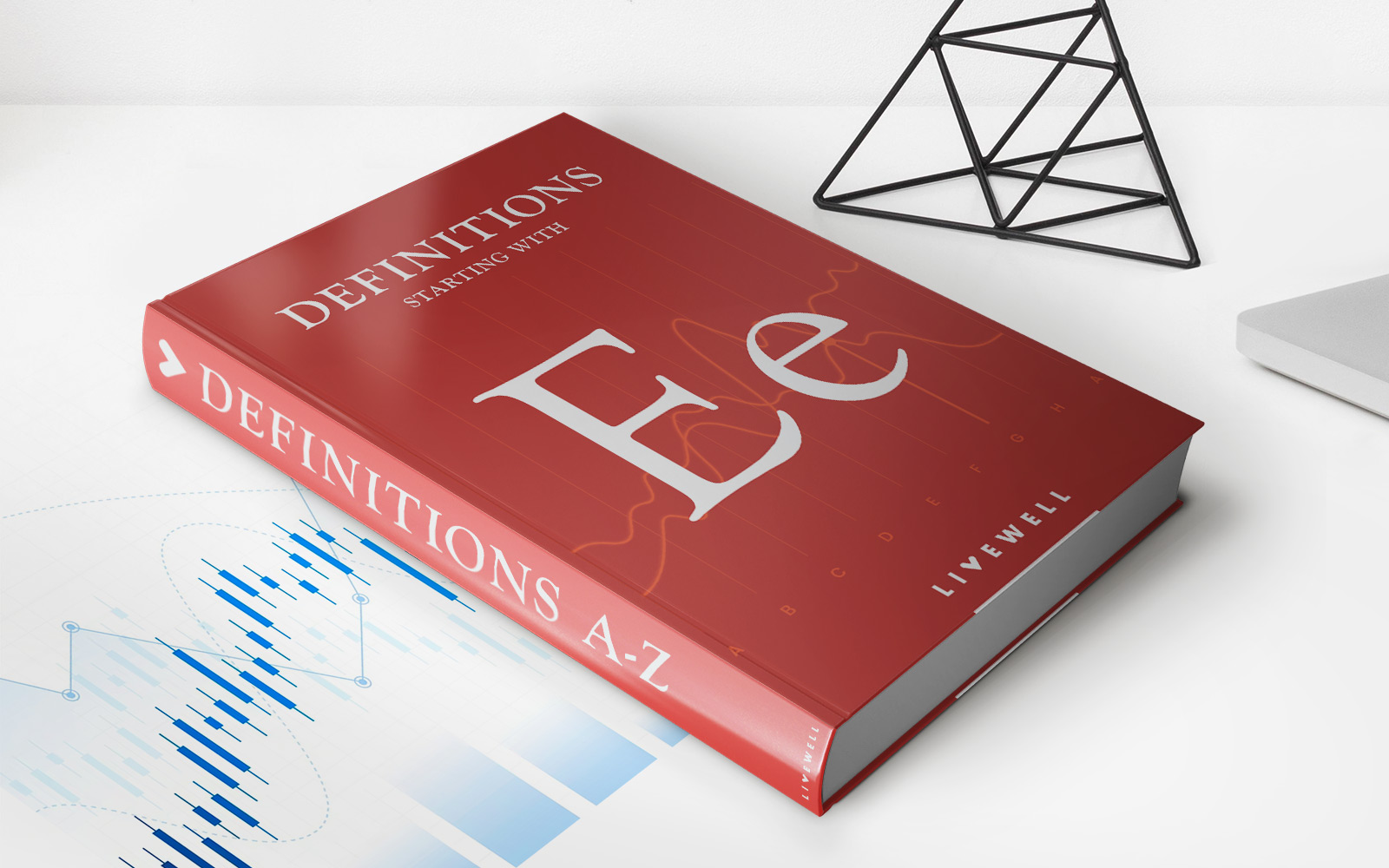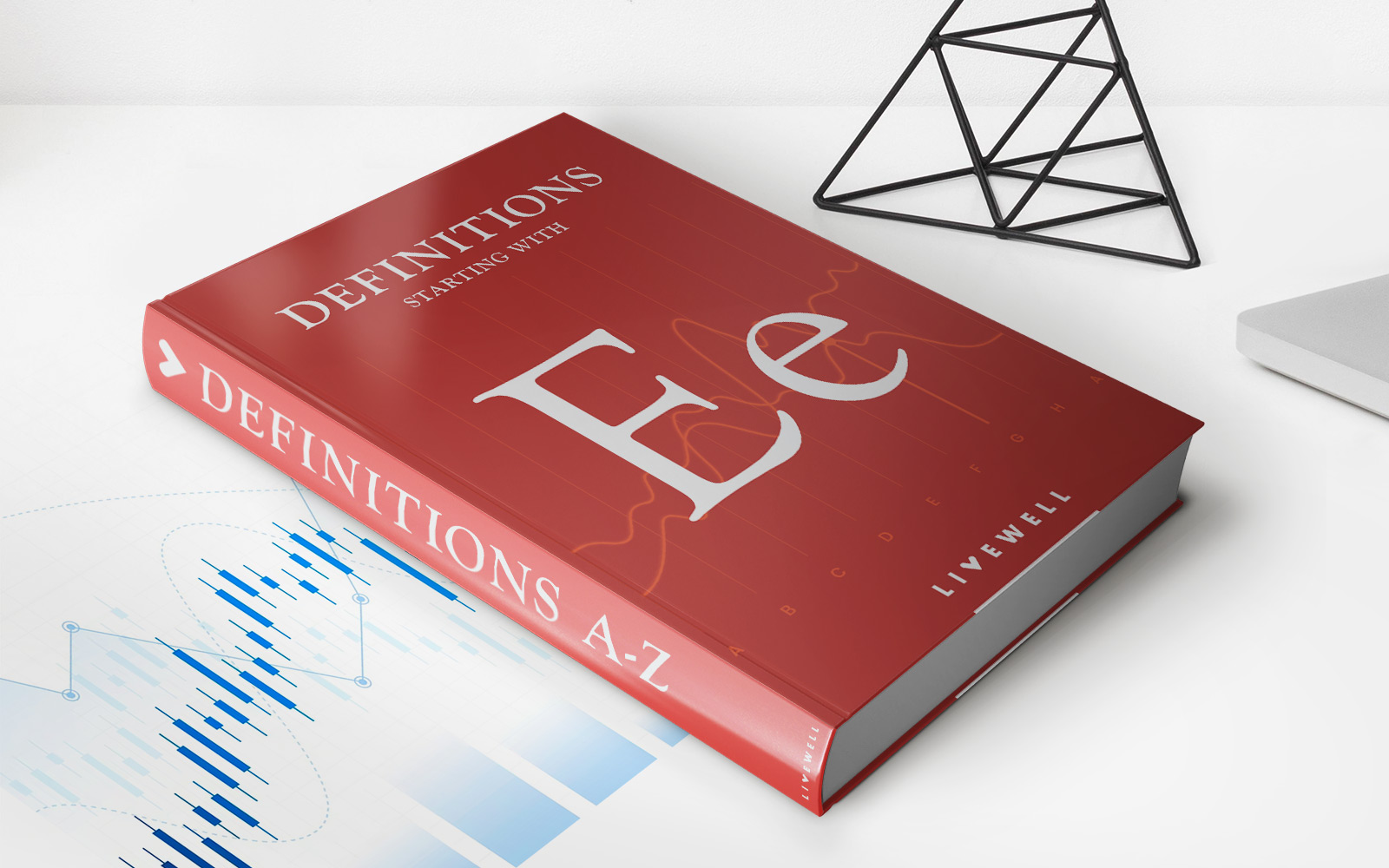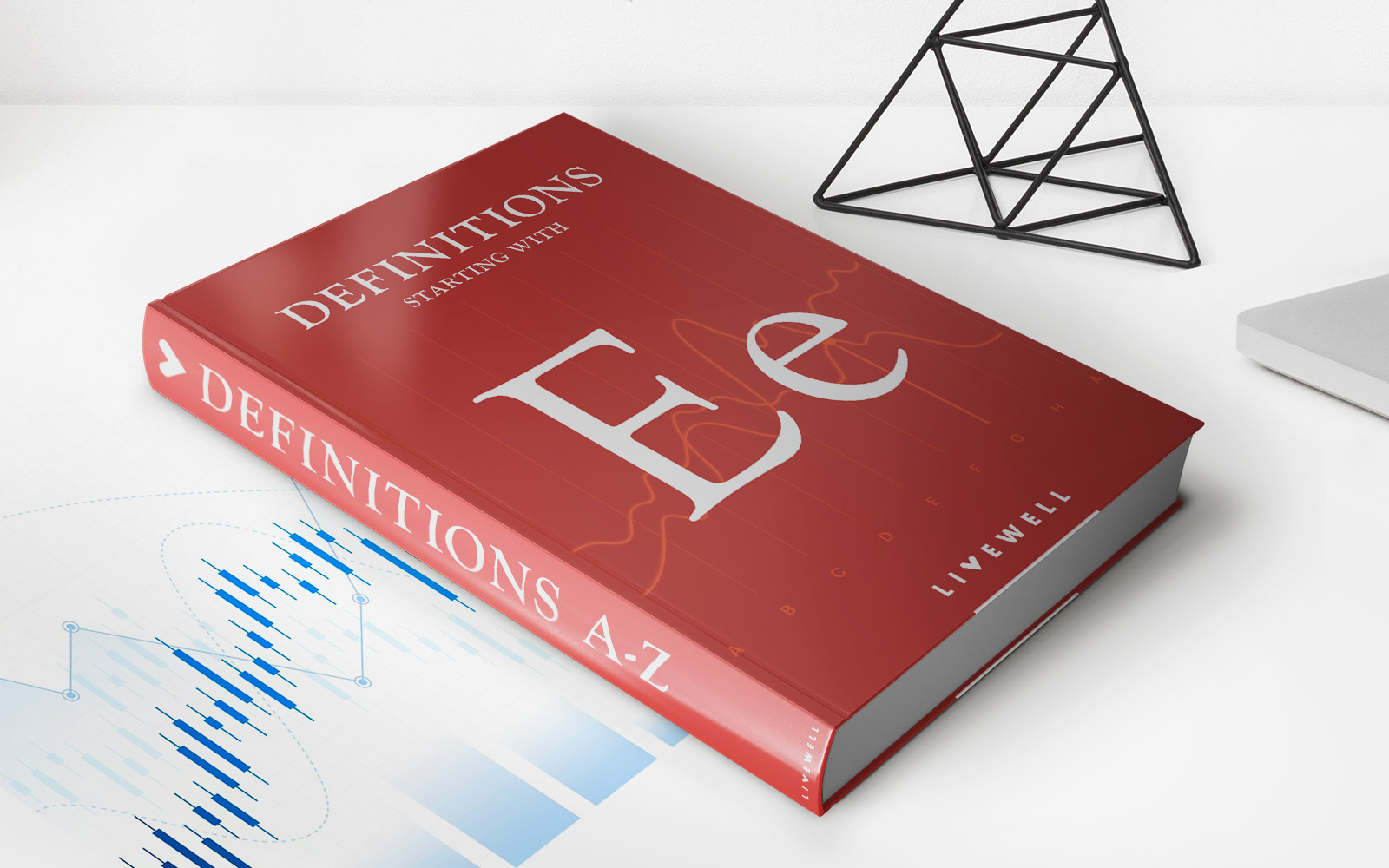Home>Finance>Embedded Value (EV): Definition, Calculation, And Example


Finance
Embedded Value (EV): Definition, Calculation, And Example
Published: November 17, 2023
Learn about the concept of Embedded Value (EV) in finance, including its definition, calculation methods, and see an example in action.
(Many of the links in this article redirect to a specific reviewed product. Your purchase of these products through affiliate links helps to generate commission for LiveWell, at no extra cost. Learn more)
Embedded Value (EV): Definition, Calculation, and Example
Welcome to the world of finance! Today, we’re diving into a fascinating concept called Embedded Value (EV). If you’ve ever wondered how insurance companies evaluate their worth, EV is a key measure that plays a significant role. In this blog post, we’ll explore what Embedded Value is, how it is calculated, and provide you with a real-life example to better understand its significance in the financial industry. So, let’s get started!
Key Takeaways:
- Embedded Value (EV) is a metric used to assess the value of an insurance company.
- EV takes into consideration future cash flows, discounted at an appropriate rate, to determine the present value of the business.
Definition of Embedded Value
Embedded Value (EV) is a valuation metric used in the insurance industry to measure the worth of an insurance company as a whole. Unlike other valuation methods that primarily focus on external market value, EV considers not only the current value but also the future value generated by a company’s existing policies. By taking into account expected future cash flows, EV provides a more comprehensive and accurate representation of an insurance company’s actual value.
Embedded value is essentially the sum of two components:
- Net Asset Value (NAV): This represents the net worth of the company’s assets, including investments, after deducting its liabilities.
- Present Value of Future Profitability (PVFP): PVFP estimates the present value of expected future profits generated by the company’s existing policies.
Calculation of Embedded Value
The calculation of Embedded Value involves several steps:
- Determine the net asset value (NAV), which includes the market value of investments, net of liabilities such as debt.
- Estimate the present value of future profits generated by in-force policies, considering factors such as policyholder behavior, mortality rates, and expense assumptions.
- Discount the estimated future cash flows at an appropriate rate, typically the company’s cost of capital.
- Sum the net asset value and the present value of future profits to obtain the Embedded Value.
Example of Embedded Value Calculation
Let’s consider a hypothetical insurance company called ABC Insurance. To calculate the Embedded Value, ABC Insurance takes into account the following information:
- Net Asset Value (NAV): $100 million
- Present Value of Future Profitability (PVFP): $50 million
- Cost of Capital: 10%
Using the steps mentioned above:
- The net asset value (NAV) of $100 million is determined based on the company’s assets and liabilities.
- The present value of future profitability (PVFP) is estimated at $50 million.
- Discounting the PVFP at the cost of capital (10%) gives a present value of $45.45 million.
- The Embedded Value is obtained by summing the NAV and the discounted PVFP: $100 million + $45.45 million = $145.45 million.
So, based on these calculations, ABC Insurance has an Embedded Value of $145.45 million.
Conclusion
Embedded Value (EV) is a valuable metric used by insurance companies to assess their worth. By considering both current and future profitability, EV provides a more accurate reflection of an insurance company’s value. Understanding Embedded Value is crucial for investors, policyholders, and financial analysts when evaluating an insurance company’s performance and potential. By diving into the intricacies of EV, we hope this blog post has provided you with a clearer understanding of this important concept in the world of finance.
So next time you encounter the term “Embedded Value,” you can confidently dive deeper into the world of finance and impress your peers with your newfound knowledge!














